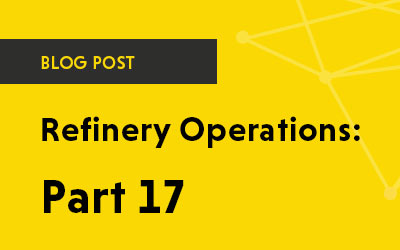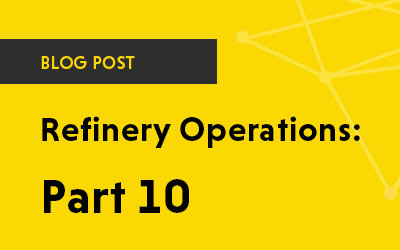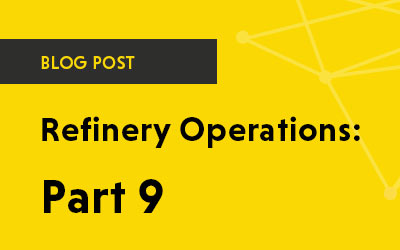Refinery
Catalytic Reformer Degassing
Catalytic reformers are typically clean with minimal fouling. However, catalytic reformer degassing prior to vessel entry is imperative for safety.

Chemical Utilized
Catalytic Reformer Process
Catalytic reformers convert naphtha’s into aromatic compounds with higher octane numbers. The aromatic compounds are ideal to blend into gasoline.
Although a clean process, catalytic reformer degassing must occur before entry into the vessel is safe. The generation of naphthas happens in the hydrocracker. And then chemical rearrangement occurs during the catalytic reformer process. The chemically rearranged compounds from this process are the primary source of xylene, toluene, and benzene.
1
Due to the sulfur sensitivity of the catalyst, this process begins with hydrotreating the stream before it enters.
2
The hydrogen and catalyst facilitate the chemical rearrangement of the stream.
Product Transformations
As a result, the following transformations occur:
- Paraffins to isoparaffins
- Paraffins to naphthenes
- Naphthenes to aromatics
3
The cooling of the rearranged products happens after it goes through several reactors. Then the separator removes the hydrogen.
4
Finally, the product goes through the stripper to sort it into relevant streams.
What Problems do the Catalytic Reformer Cause?
The unit is rarely contaminated with heavy organics, negating the need for dissolution of debris. However human entry into the vessel is a safety concern because of the presence of harmful gases. Prior to vessel entry, catalytic reformer degassing must occur as a safety precaution.

Our Chemical Cleaning Solution
The typical degassing removes the high content of LEL gases and de-oils the surfaces prior to vessel entry. The decontamination of the catalytic reformer is strictly degassing and liquids removal. Once degassing is complete, the catalytic reformer is safe for entry.
2
Remove Wastewater
FQE LEL-V will remove any oil contaminants with the wastewater from the cleaning process. The oils are not strongly emulsified in this process. Therefore, they can be rapidly separated after removal from the vessel.
3
Separate Oils
The oils can be rapidly separated after removal from the vessel. After separation, the oil goes to recovery or disposal. As a result, the wastewater is relatively free of oils and normal processing procedures are performed.



